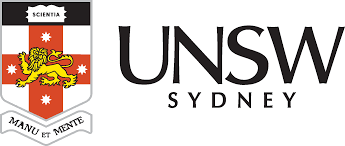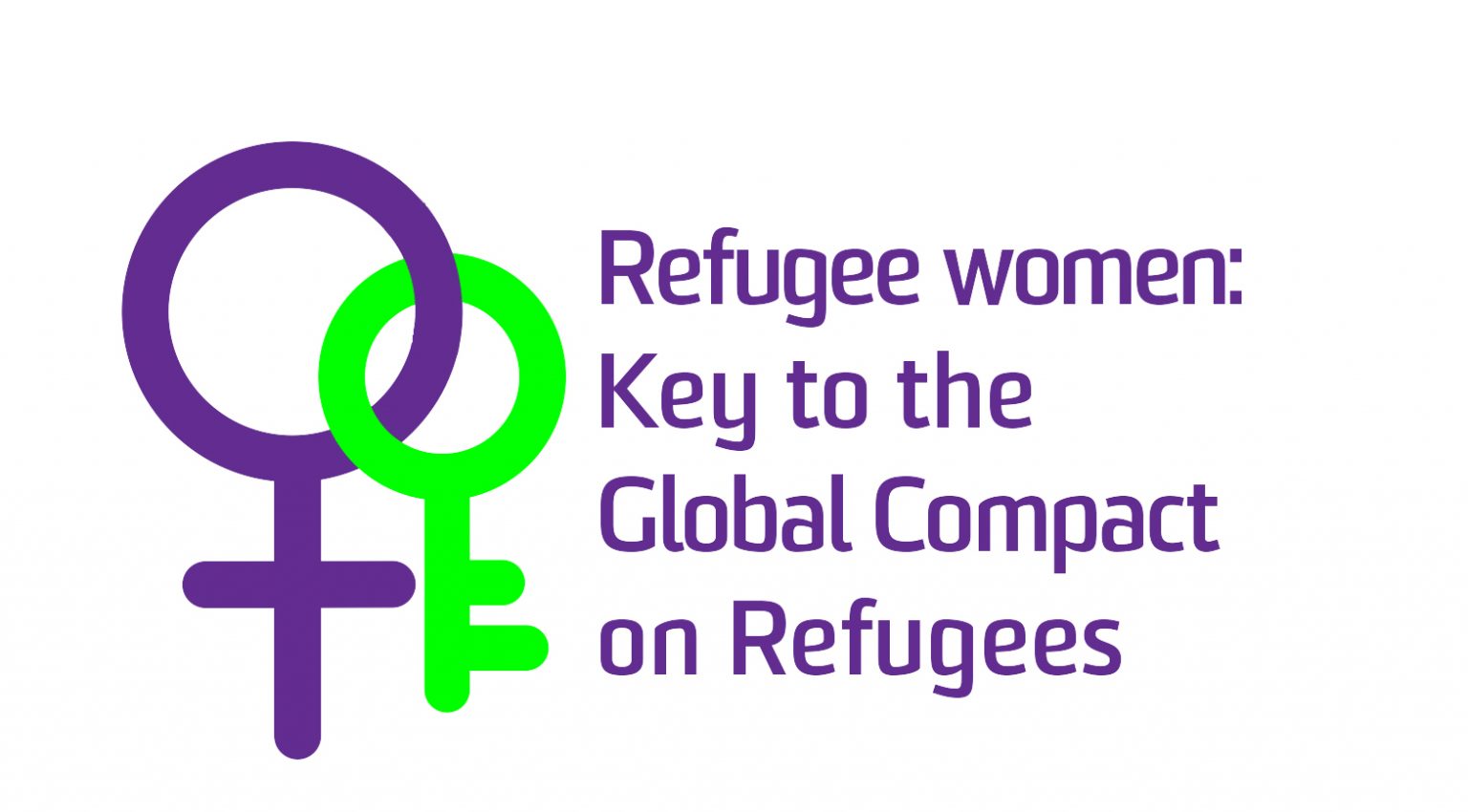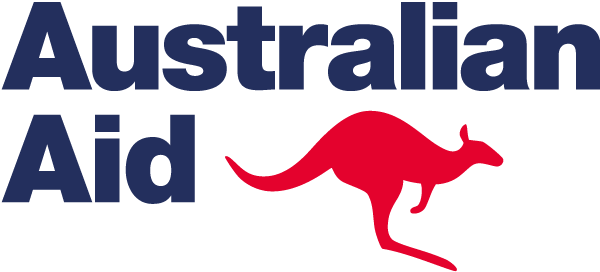Jump to section:

A. Training Notes
This is one of four Modules designed to be used to explore the diversity of refugee communities. It is useful if they can be presented sequentially, as the material is intersectional, and issues emerge which compound discrimination. They are 4. Age, Gender and Diversity, 5. Addressing Sexual and Gender Based Violence, 6.Harnessing Lived Experience, and 7.Working with Refugee Men.
To investigate and understand these complex issues we introduce two major Tools, which are part of the Reciprocal Research methodology. They are The Matrix AGD Analysis Tool, and Storyboards.
These tools are designed to be used with stakeholders at all levels, including refugee community members, service providers and policy makers. They can be employed to collect data and analyse a wide range of issues.
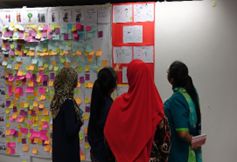
We demonstrate how they can be adapted to: understand the ways in which specific issues, such as access to education are experienced by diverse groups in the refugee communities; examine the impact of, and potential solutions to SGBV; and the different needs of refugee women and girls, men and boys.
Aims
These tools are designed to identify the barriers to meaningful participation of diverse groups living in each refugee site, and to work with them to identify their specific needs and potential solutions.
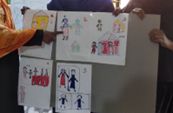
Suggested Timing for the Modulle
Timings are suggested in each of the tools. They each can be completed in a half-day Module, but to achieve maximum benefit they will take a full day.
Age Gender and Diversity – A useful definition
The Age, Gender and Diversity or ‘AGD approach’ is a UNHCR Policy which recognises that refugees, forcibly displaced and stateless people are very diverse. They include people of all ages Indigenous peoples, people of different income education and language levels. It states that they must all be treated equally. https://www.unhcr.org/age-gender-diversity/
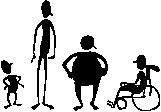
B. PowerPoint Slides
This Power Points presentation will take the group through the rationale for the session, and introduce the Tools and Exercises which can assist in identifying gender barriers. Do as many of the exercises as can be accommodated in the time available, preferably using real life examples. Please familiarise yourself with the background readings before presenting the slides.
C. Tools to use to understand AGD and ensure that it is included in our implementation of participatory approaches, and response to SGBV
We recommend a training package and video that we developed with UNHCR as part of this project. They explore ways in which to take Age, Gender and Diversity into consideration in all service provision, including addressing meaningful participation and SGBV. They incorporate two tools which are part of the Reciprocal Research Training Package.
View the film – An Introduction to Age, Gender and Diversity: Making it work for you in situations of forced displacement and statelessness
This training package introduces how the concept of intersectionality can be applied to taking an AGD approach in our work. Download the Training Manual and Modules
The UNSW Age Gender Diversity Matrix Tool
This website contains a tool for analysing and identifying the different age, gender and diversity issues which should inform humanitarian and development responses to issues of concern.
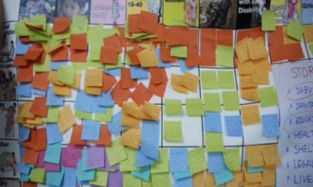
A Matrix exploring barriers to participation for Refugee women and girls.
A Matrix for exploring barriers to participation for Refugee men and boys.
There are Matrices for People with a Disability, the LGBTQI+ communities, and members of Ethnic Minorities on the Matrix website. You could create your own headings for other groups, covering the issues you are working on.
Storyboarding
The third is an exercise called Storyboarding, which is part of the Reciprocal Research Package.
This exercise moves from problem identification to problem solving, and is an excellent way to engage members of refugee communities in identifying appropriate local solutions. We will demonstrate how to use it in Module 5, SGBV, but it can be used to examine the importance of taking an AGD approach across a whole range of issues.
Exercises to do with community groups and other stakeholders
The same exercises are equally important to use with all stakeholders, and the most value is gained when the results from each group involved are brought together to inform program design, implementation and evaluations.
D. Background reading on Age Gender and Diversity
Please read these notes before running this training module. They provide information which informs the PowerPoint slides, and might help you answer questions from participants.
They can also be given as Handouts.
